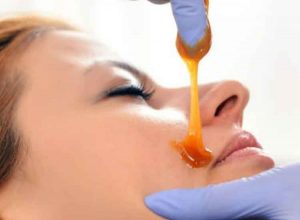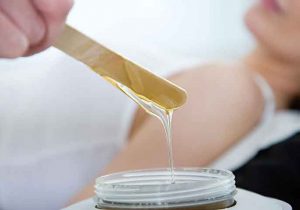There are many methods of removing hair, but one of the most widely utilized ways is waxing. If done properly, waxing gets rid of hair from the root, which denotes you can wait numerous weeks in between your waxing appointment.
How Long Can Waxing Results Last?
However, not everybody will be hair-free for a long time period. A few individuals see regrowth of hair much sooner. There are numerous things that actually affect how fast hair regrows, comprising:
-
How frequently do you get a wax
-
The average and personal hair growth cycle

Hair Breakage:
Waxing provides long-lasting results, and frequently you’ll just wax every four to five weeks. A few individuals might desire to do so sooner than it, particularly for the eyebrows, underarms, and above the lip.
How often you get waxed also controls how long the wax will actually last. If you go to the waxing parlor every two to four weeks, then all hair would have been actually removed from the roots aiding you in having hair-free and smooth skin for longer.
Another thing to contemplate is that several areas of your body and face do not have the same time as far as growth, transition, and rest are concerned. Furthermore, season, hormone levels, age, and genes play a huge role in the cycles, and the legs might have to be waxed more often than your friend’s and vice versa.
What About The Area That Is Waxed, Does That Matter?
Definitely, hair grows at diverse rates and in diverse textures all across your body. You have perhaps seen that the hair on the legs is less rough than the hair on the underarms or eyebrows. Because of that, you may see that the hair on the waxed legs will grow at a more diverse rate than the hair on the waxed eyebrows.
Is Professional Waxing Really Worth It?
DIY waxing might seem like a great idea, you do not need to go to a parlor to get it done, and you’ll perhaps save some cash. But professionals suggest leaving this job to the specialists. Home waxing can be unnecessarily painful and messy, you can make errors, and you also run the risk of skin damage.
A waxing expert is skilled in waxing technique and safety for providing you with the best results. When you try to wax at home, particularly for sensitive areas, you can potentially end up with ingrown hair, a little ripped skin, and many other problems. The hair length, wax quality and type, and the expertise and skill of the specialist will matter.

Hair Growth Stages:
There are 3 hair growth stages:
-
Growing,
-
Resting, and
Around ninety percent of hair follicles are in stage one, the growth stage. The rest are either in stage two (eight to nine percent) or stage three (one to two percent). So whenever you get a wax done, it is very likely that there is a little hair growing beneath your skin. Waxing would not be capable of grasping such hair, and you’ll see them after some days.
Does Waxing End Hair Growth Permanently?
Every time you remove your hair from the roots, you are damaging your hair follicle, so when it grows again, Green says your hair will feel finer and softer. Ellen Marmur, a board-certified dermatologist, says that when you pull your hair from the root, eventually, the hair follicle will stop growing your hair altogether.
In simple words, the longer you keep on removing the root by sugar waxing or waxing, the less your hair will grow back. If the objective is to stop the regrowth process, you have to stay consistent and push through the pain, and you will eventually get there.
Making The Waxing Results Last Much Longer:
You can slow down the process of hair growth in between your visits to the waxing parlor by utilizing different products that do exactly what you require them to do, minimizing hair growth. Ultimately, you are at the mercy of certain personal things when determining when to set the next waxing schedule. Try to wax sometimes, and you ought to get the gist of how long it’ll actually take between the appointments.
